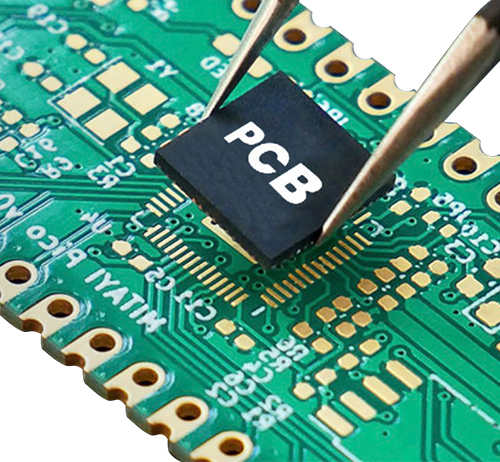Time:2022-09-26 Visit:
In a traditional multilayer circuit board, there are only through holes and no tiny buried blind vias. The electrical interconnection of such boards is achieved through through-hole connections, so the number of layers is required to meet the needs of the design. The HDI board is designed with micro-buried blind holes, which can meet the design requirements with fewer layers, so it is lighter and thinner.

The high density of HDI board has 5 major characteristics in design:
1. The board contains micro-hole designs such as blind holes;
2. The aperture is below 152.4um, and the aperture ring is below 254um;
3. The density of welded joints is greater than 50cm/cm2;
4. The wiring density is greater than 46cm/cm2;
5. The width and distance of the line shall not exceed 76.2um.
The high density of HDI boards is mainly reflected in three main aspects: holes, lines, and interlayer thickness:
1. Miniaturization of vias. It is mainly manifested in the high requirements on the technology, cost, production efficiency and hole precision control of micropores with a diameter of less than 150um.
2. Thin line width and line spacing. It is mainly manifested in the increasingly stringent requirements for wire defects and wire surface roughness.
3. The thickness of the medium becomes thinner. It is mainly manifested in the trend that the thickness of the interlayer dielectric is developing to 80um and below, and the requirements for thickness uniformity are becoming more and more strict, especially for high-density boards and packaging substrates with characteristic impedance control.